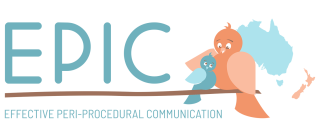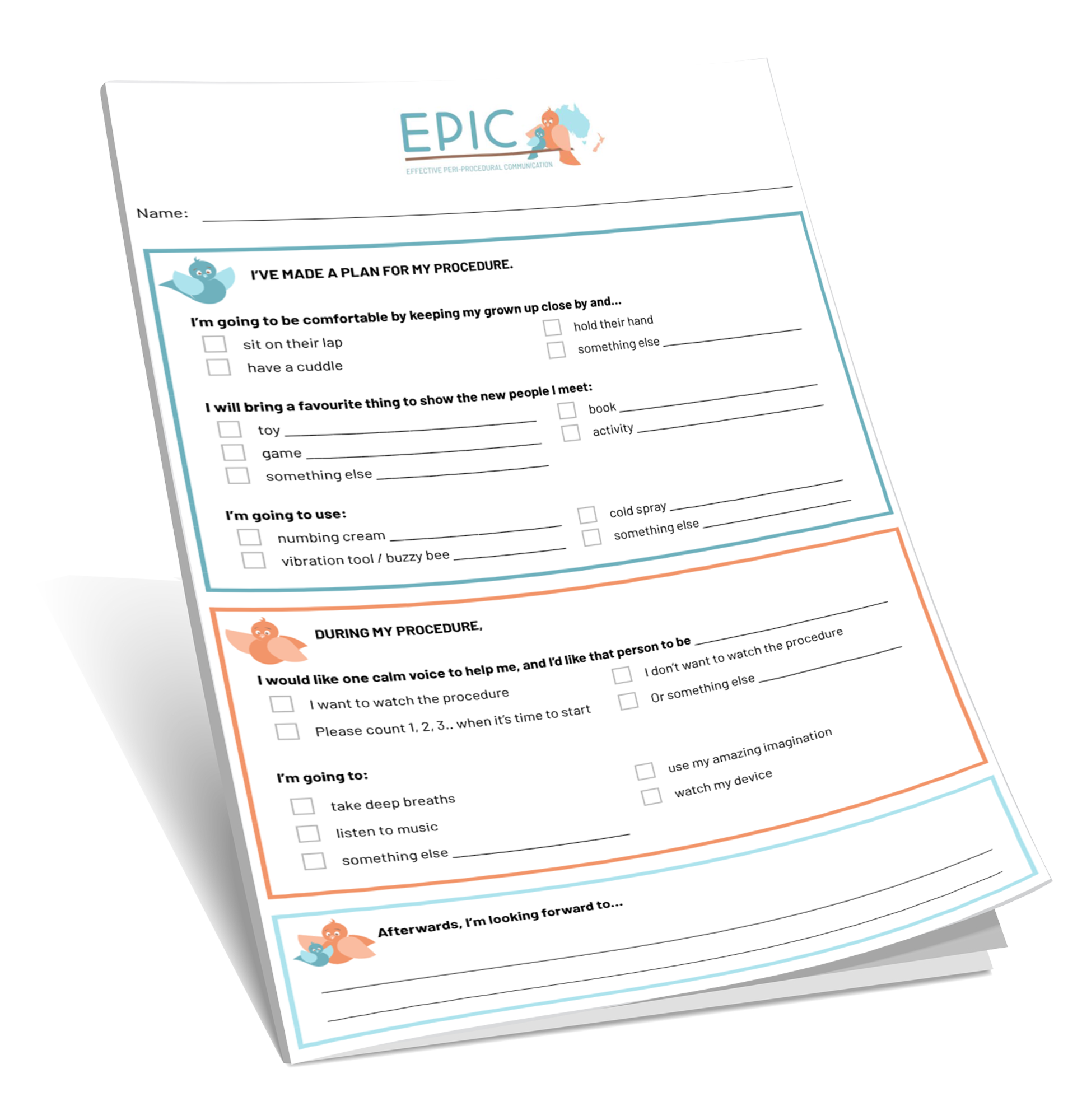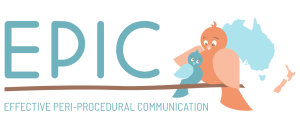Parents & Caregivers
Resources for Parents
and Caregivers
Children and young adults will look to their parents and caregivers for support when they undergo anaesthesia or medical procedural care. Knowing the best way to assist your child can be difficult.
We have collected some of the best resources available to help to navigate this and best prepare your child.
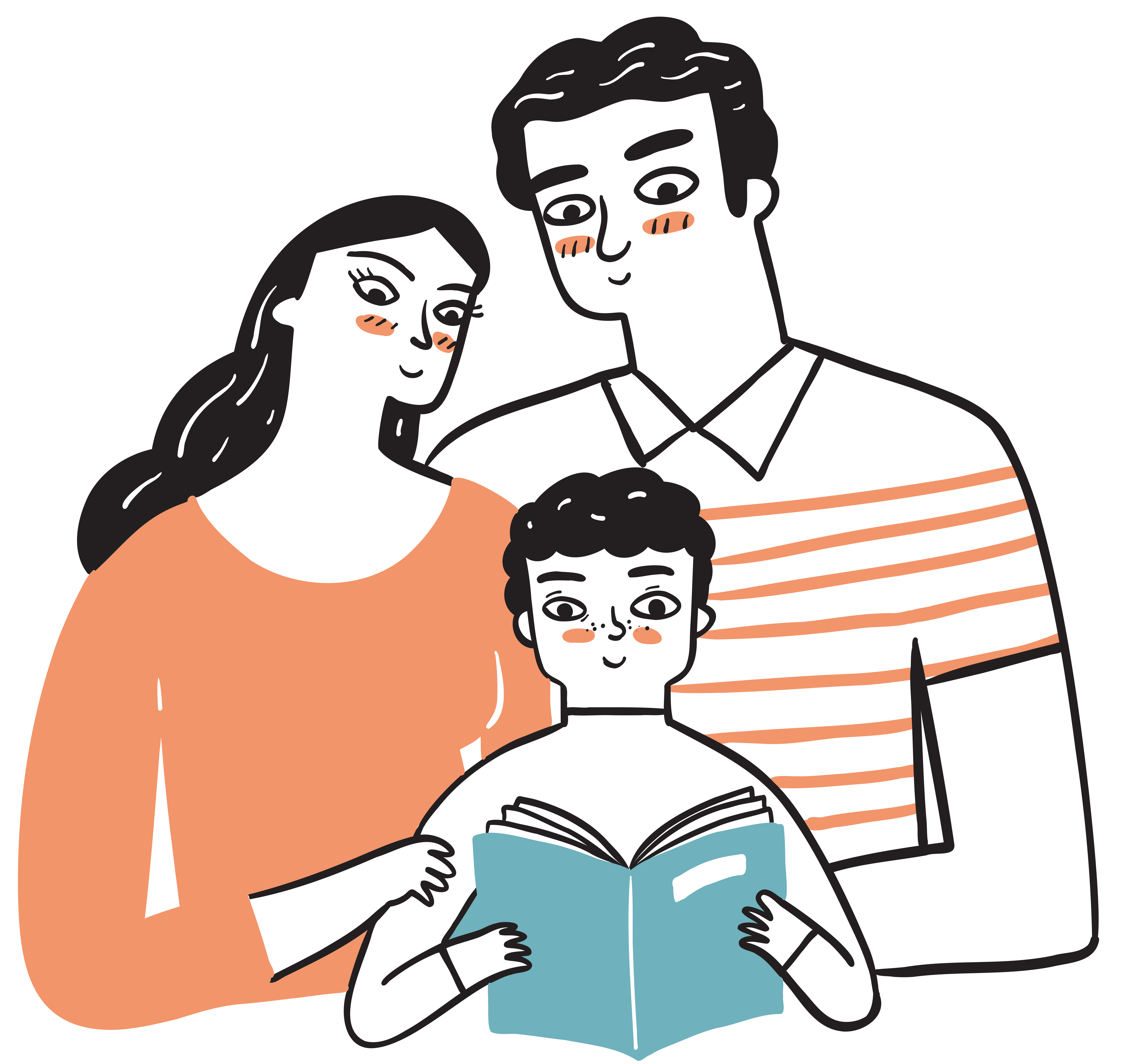
Plan
Create your EPIC Game Plan
Creating a procedure plan allows your child to have some control over their procedure. Download and complete the plan below and bring along to share with your medical team.
Read
Click the links below to read our collection of guides and info sheets.
Watch
Anaesthesia and children
Children of all ages, including newborn babies, may require anaesthesia. Your child’s age; illness or developmental concerns; and the nature of the procedure all make a difference to what skills and experience are required by medical staff and the type of hospital needed to ensure your child will receive the care they need.
Helping kids prepare for procedures:
“You are the Boss of Your Brain”
A helpful video guide to learn about how pain works and how to have more control over your pain, your body and your experience during medical procedures.
Directed by Dr Jody Thomas for Stanford Children’s Health and Lucile Packard Children’s Hospital.
The Magic glove
The Magic Glove is a Hypnotic Pain Management technique to reduce pain sensation and anxiety for children having a needle procedure. Children have rich imaginations and hypnosis is widely used to ease pain during medical procedures. Dr. Leora Kuttner is a pioneer in the field of pain management. Her demonstration below of the Magic Glove technique is great example of the amazing capacity of imagination and the mind to bring comfort.
No fears, no tears
Listen
Belly Breathing Audio Guide: Meg Foundation
The word ‘anaesthetic’ means medicine that makes a person unconscious, or really deeply asleep.
When someone is unconscious, they don’t feel anything at all that is happening to their body.
Anaesthetic medicines can be given through a drip (a little plastic straw that is put under the skin, also called a cannula or IV) or as a gas, often through a mask put onto the face.
Anaesthetics are given by specialist doctors called anaesthetists, or anaesthetic doctors (kids call us sleep doctors). Their job is to give the anaesthetic medicine and stay with the person having the anaesthetic the whole time they are asleep, making sure they are safe and
comfortable.
There are many resources available that can help you prepare. We recommend referring to our “How to talk to kids about their operation” guide. Your hospital may also have its own resources.
Anaesthesia is different for every child. Some children simply close their eyes and fall asleep.
Many have what we call an excitement stage as they’re falling asleep. During this time they can do some odd wriggling, their breathing may sound different and their eyes might roll a bit. It might seem strange to you as a parent but is very normal for the anaesthetic team caring for your child.
During this stage your child is actually anaesthetised, even though they might look a bit awake. They will not remember it. After this stage, your child will relax into a very deep sleep.
Absolutely. Sometimes, the anaesthetic team will do the distraction for you, or you can talk to them, sing or perhaps give them a device to look at. You can discuss this with your anaesthetist beforehand if you like.
There are two different ways that anaesthetic doctors help children go to sleep for an operation.
● Children can go to sleep with a mask on their face. The gases they breathe through the mask help them to fall asleep.
● They can have a small plastic straw (also called a drip, cannula or IV) put in through their skin, into a vein. The doctor then puts medicine into this drip to help them fall asleep.
● If they go to sleep with a mask they will have a drip put in while they are asleep. They won’t be able to feel it go in, they will be asleep. It will still be there when they wake up and the nurses take it out once they have been awake for a while.
It is sometimes possible for your child to choose whether they have the mask or the drip. You can discuss this with the anaesthetic doctor.
Examples
8 year old Mimi is having her tonsils out. She has just been to see the surgeon and she has had the operation booked, it is in four weeks.
Dad says: “So, Mimi, the great thing is that Dr Smith said that we can fix your tonsils right up so you don’t get tonsillitis any more! One day, next month we’re going to go to the hospital instead of going to school and that’s when Dr Smith will fix your tonsils.”
Dad lets Mimi ask questions. If she doesn’t ask any, then move on to something else and leave it closer to the day to give anymore information.
**************************************************************
13yo David has broken his arm and the doctor in the Emergency Department has told him and his dad that he will be having an operation on it.
Dad: “That’s great David, your arm is going to be fixed right up and in a little while you’ll be able to ride your bike again. The doctor said they will be fixing it maybe tomorrow. You get some medicine so that you sleep while they’re fixing your arm. It’s a really special sleep, a bit different to normal. It’s a special sleep where you don’t feel anything at all in your body, they fix your arm and you don’t even care, and then, after they’re done fixing your arm, you wake up.)“
**************************************************************
8 year old Dan has gone to hospital with vomiting, fevers and belly pain and the surgeon thinks it is appendicitis. Dan is having his appendix out tonight.
Mum says: “There is a small thing inside your tummy called your appendix, it’s shaped like your little finger, it’s got some germs in it. This is why your belly hurts and you have a temperature. The doctor needs to take the germy bit out so your tummy can get all better. A doctor will give you some medicine through your drip so that you have a special sleep while they do that. It’s not like normal sleep, it feels really quick and you don’t feel anything at all. When you wake up you’ll have 3 or 4 little band aids on your tummy and you can start eating and drinking as soon as the doctor thinks it’s ok. Until you eat and drink you will have water going in through your drip giving your body the drinks it needs.“
Fore more resources, scroll up this page. You can also visit the Meg Foundation website for more helpful resources.

